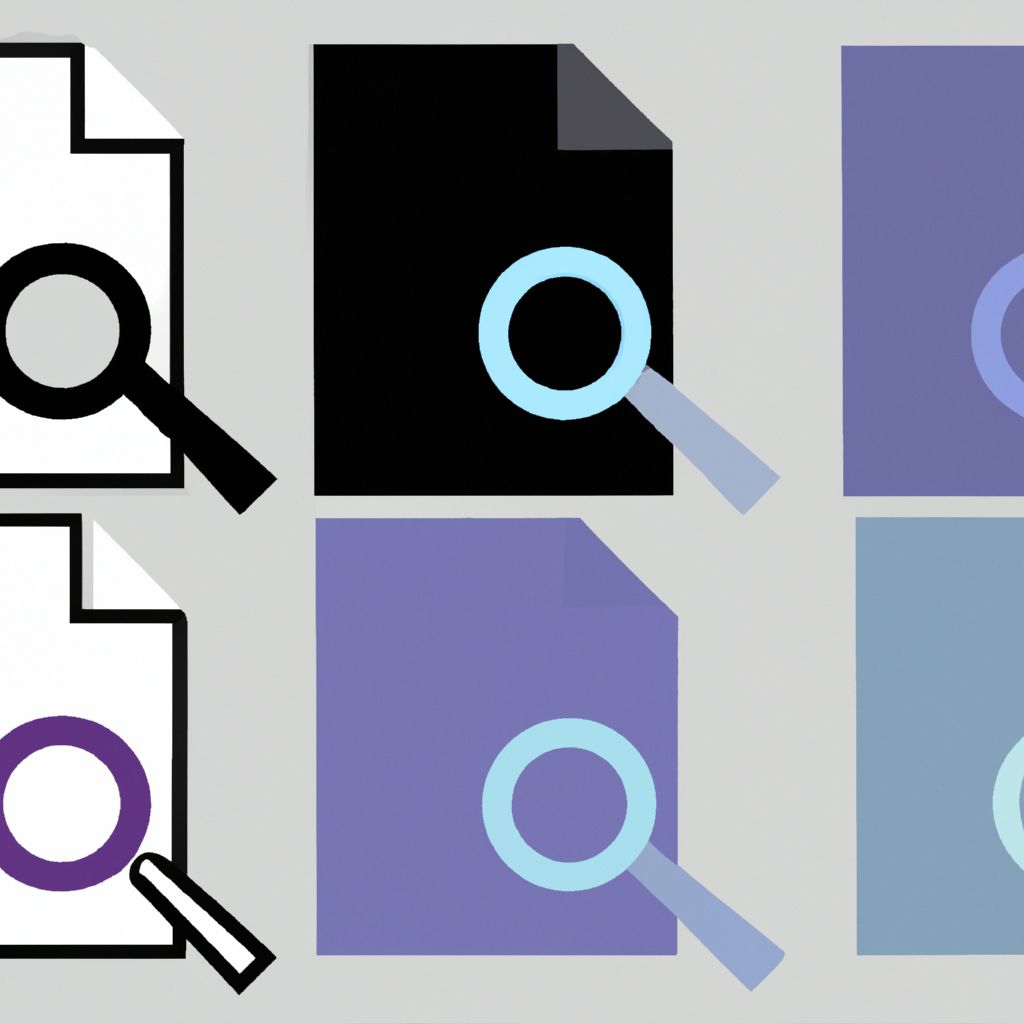Introduction: The Purpose of a Vulnerability Report
After a vulnerability assessment or penetration test, the security team or third-party vendor delivers a report detailing their findings. This document is critical; it communicates identified weaknesses, assesses their potential impact, and provides recommendations for fixing them. Understanding how to read and interpret a vulnerability report example is essential for stakeholders, including IT teams, developers, and management, to effectively prioritize and address security risks.
While formats vary, most comprehensive vulnerability reports share common key components designed to provide actionable insights.
Key Sections of a Typical Vulnerability Report
Let's break down the structure of a common vulnerability report:
Executive Summary:
- Purpose: Provides a high-level overview for non-technical stakeholders (e.g., management, executives).
- Content: Briefly describes the scope of the assessment, the overall security posture (e.g., critical, high, medium, low risk), key findings (especially critical/high severity), potential business impact, and a summary of recommended actions. Avoids deep technical jargon.
Scope and Methodology:
- Purpose: Clearly defines what was tested and how.
- Content: Lists the target systems, applications, IP ranges, or components included in the assessment. Describes the methods used (e.g., automated scanning tools, manual testing techniques, specific frameworks like OWASP Testing Guide). Outlines any limitations or exclusions. States the timeframe of the assessment.
Findings / Vulnerability Details:
- Purpose: The core of the report, detailing each identified vulnerability.
- Content: Each finding typically includes:
- Vulnerability Name/Title: A clear, descriptive name (e.g., "SQL Injection in Login Form," "Outdated Apache Server Version").
- Severity/Risk Rating: An assigned severity level (e.g., Critical, High, Medium, Low, Informational) often based on CVSS scoring and contextual risk assessment.
- Description: A detailed explanation of the vulnerability, how it works, and why it's a risk.
- Affected Assets/Location: Specific hosts, URLs, parameters, or code locations where the vulnerability was found.
- Evidence/Proof of Concept (PoC): Screenshots, command outputs, request/response logs, or steps to reproduce the vulnerability. This validates the finding.
- Impact Assessment: Describes the potential consequences if the vulnerability were exploited (e.g., data theft, unauthorized access, denial of service, system compromise).
- CVSS Score (Optional but common): The calculated Common Vulnerability Scoring System score and vector string.
- References: Links to CVE details, OWASP pages, vendor advisories, or other resources for more information.
Remediation Recommendations:
- Purpose: Provides actionable steps to fix each identified vulnerability.
- Content: For each finding, offers specific guidance on how to remediate the issue. This might include:
- Applying specific patches or updates.
- Implementing configuration changes.
- Modifying source code (e.g., adding input validation, using parameterized queries).
- Implementing compensating controls (e.g., Web Application Firewall rules) if immediate patching isn't feasible.
- Prioritization guidance (linking back to the severity rating).
Appendices (Optional):
- Purpose: Contains supplementary information.
- Content: Might include raw tool output, detailed logs, lists of tested assets, glossary of terms, etc.
Interpreting the Report Effectively
- Focus on Risk: Don't just look at the number of vulnerabilities. Prioritize based on the assigned severity/risk rating, considering the potential impact and the criticality of the affected asset.
- Validate Findings: Review the evidence (PoC) provided. If something is unclear, ask the assessment team for clarification.
- Understand the Impact: Grasp the potential business consequences of each vulnerability to justify remediation efforts.
- Prioritize Remediation: Use the report's severity ratings and recommendations, combined with your internal knowledge of asset criticality, to create a remediation plan. Address critical and high-risk items first.
- Track Remediation: Use the report as a baseline to track the progress of fixing vulnerabilities. Follow up with re-testing to confirm fixes are effective.
A well-structured vulnerability report example serves as a roadmap for improving security. By understanding its components and interpreting the findings correctly, organizations can take targeted actions to reduce their attack surface and enhance their overall security posture.
Disclaimer: This post represents the view of the individual author that wrote it and not necessarily the view of Rarefied Inc.
Looking for professional security testing?
Based on your interest in this topic, you might benefit from our specialized security services:
